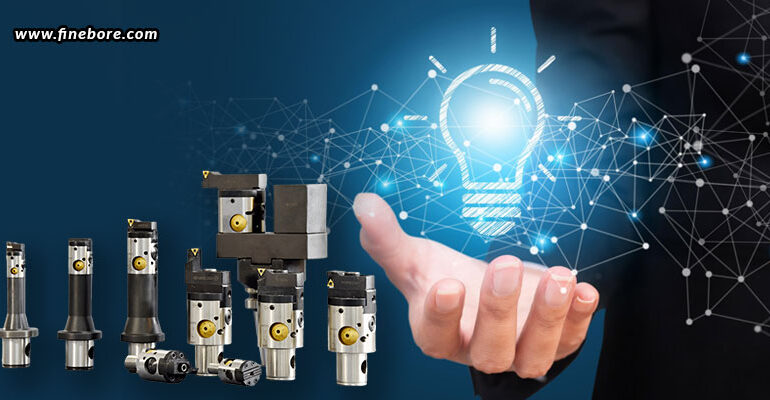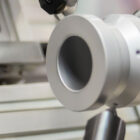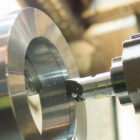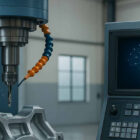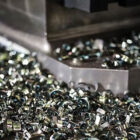Boring bars are essential for producing high-quality results in the field of machining, where efficiency and precision are critical. Boring bar technology has advanced significantly over the years due to the constant search for better performance, faster production, and more comprehensive machining capabilities. Here, we explore the most recent developments in boring bar technology, emphasizing state-of-the-art components and creative designs that improve the accuracy and efficiency of machining processes.
Cutting-edge materials
The ongoing development of manufacturing materials is one of the main forces behind innovation in boring bar technology. The cutting ability, longevity, and performance of boring bars are greatly influenced by the materials used. By pushing the limits of what is possible in the machining business, new materials and coatings have been introduced in recent years.
- The manufacture of boring bars has traditionally relied on conventional carbide materials; however, more recently, improved carbide composites have been leveraged. These composites frequently contain niobium, tantalum, or titanium additions that increase the carbide’s toughness and hardness. The end product is a boring bar that retains its precision during machining operations even at greater cutting temperatures and forces.
- Another innovation is that of using super hard materials like cubic boron nitride (CBN) and polycrystalline diamond (PCD), which are perfect for cutting applications in difficult materials like cast iron and hardened steels because of their remarkable hardness, wear resistance, and thermal conductivity. Super hard materials found in boring bars allow them to keep their cutting edges sharp for longer, extending tool life and minimizing downtime for tool replacements.
Unique designs
Innovative designs, in addition to material developments, have been instrumental in transforming boring bar technology. The goal of these designs is to enhance a boring bars’ overall performance, stability, and stiffness in a variety of machining applications.
- Modular boring bars: Because of their adaptability and flexibility in a range of machining applications, modular boring bars have grown in favour. Because these bars are made of replaceable parts, customers can modify the diameter, length, and cutting inserts of the tool to suit their particular machining needs. Manufacturers can save money because of the modular architecture, which makes changing tools easier and eliminates the need for large tool inventories.
- Anti-vibration technology: Poor surface finishes and faster tool wear can result from vibration during machining, which is a common challenge. In order to address these problems, recent developments in boring bars include anti-vibration devices like dynamic absorbers or tuned dampers. By stabilizing the cutting process, these characteristics allow for faster cutting rates and better surface finishes.
- Internal coolant delivery systems: Two important aspects of machining are temperature control and effective chip evacuation. Internal coolant supply systems that precisely route coolant to the cutting edge is another innovation in boring bar designs. In addition to helping with chip evacuation, this also dissipates heat produced during machining, extending tool life and improving process dependability overall.
Boring bar technology is a prime example of how the machining sector is dedicated to pushing the boundaries of what is possible. Modern materials and creative designs combined with boring bar technology translates into tangible benefits for precision boring bars manufacturers in Bangalore, like increased productivity, extended tool life, enhanced surface finishes, and significant cost savings. The advancements have brought forth a new era of accuracy and efficiency in machining operations. Boring bars are essential instruments in the manufacturing arsenal that will only grow more important as the search of innovation and excellence in machining continues to drive the industry’s quest for perfection.

